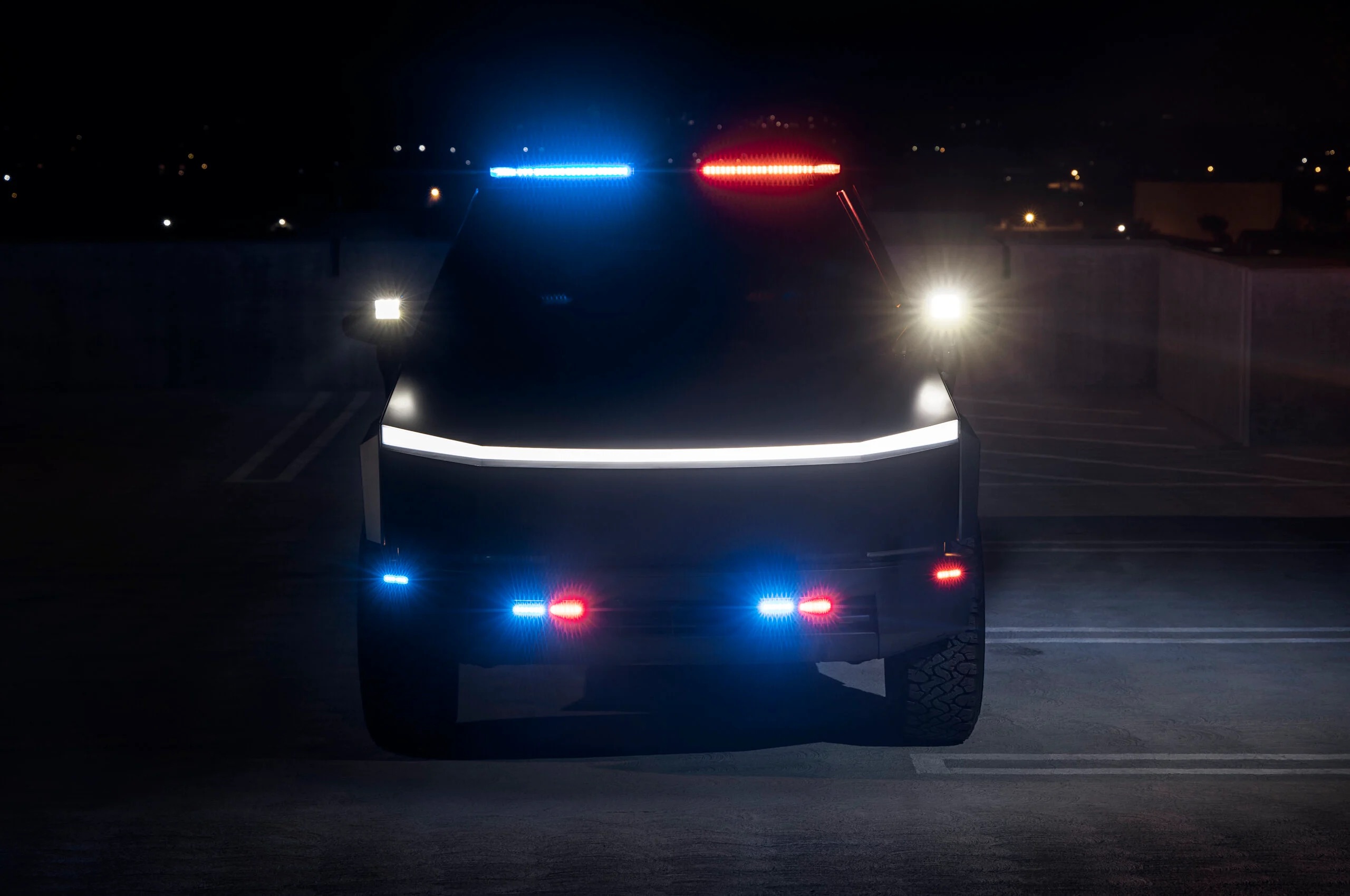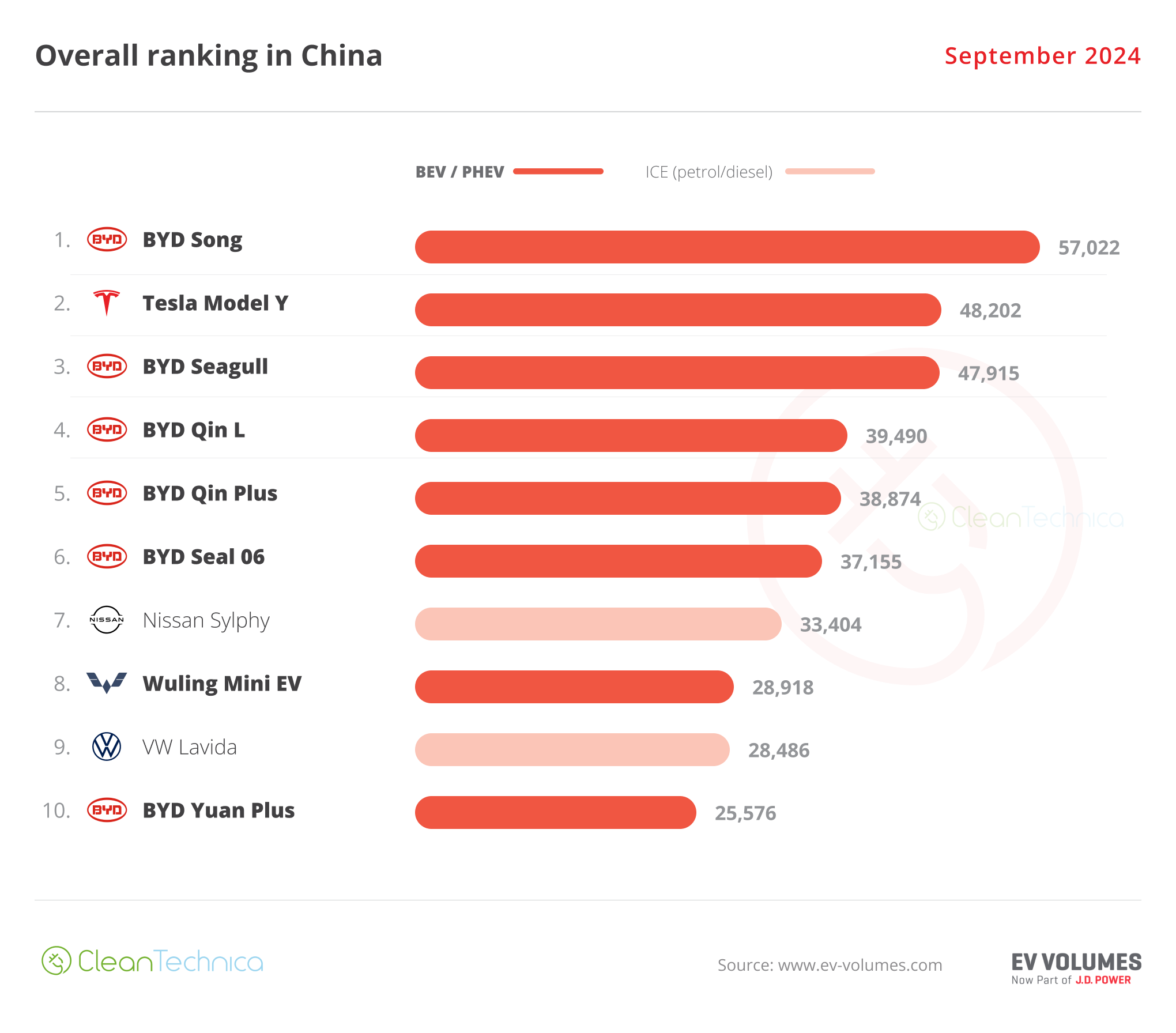Sign up for daily news updates from CleanTechnica on email. Or follow us on Google News!
General Motors (GM) faltered in 3 important areas in 2023: manufacturing electric vehicles (EVs), making sense of its self-driving division called Cruise, and addressing software issues. CEO Mary Barra spoke about these and other major disappointments during last week’s Wolfe Research Global Auto and Auto Tech Conference. Taking what seems like a series of transitional baby steps, Barra now anticipates positive momentum in 2024 and what she envisions as a “year of execution” for GM, stemming from more intensive planning and risk assessment.
Her comments come at a time in which GM faces pressure from investors to rein in spending on EVs and return more cash to shareholders. Focus areas outlined by Barra at the Wolfe conference are the same issues she discussed on a call to report Q4 2023 financial results.
GM’s Manufacturing Issues Could Have Been Framed Differently
“If I could go back — recognizing manufacturing is a competitive advantage for us,” Barra said, even though GM abandoned its plan to build 400,000 EVs from 2022 through mid-2024 to maximize profitability. “But as we were manufacturing some new things,” she acknowledged that the company might have concurrently been “spending more time in planning and risk assessment.”
Key EV launch pauses were necessary so engineering changes could bring its newest EVs to market. Releases of the Chevrolet Equinox EV, retail Chevrolet Silverado EV RST, and GMC Sierra EV Denali pickups have all been delayed by a few months but are expected this year, as reported by the Detroit Free Press.
GM sold 75,000 EVs in 2023, with the majority attributed to the Chevrolet Bolt compact and the slightly larger Bolt EUV. Those more affordable models did not use Ultium batteries and will switch to Ultium battery technology in future manufacturing. The Cadillac Lyriq, Chevy Blazer SUV, Silverado pickup, and Hummer EV, along with its BrightDrop fleet vans, are Ultium-powered vehicles, yet they accounted for a little less than 14,000 of the company’s EV sales in 2023.
Last year’s Ultium assembly was problematic due to difficulty fitting battery cells into the battery modules. GM has since fixed its battery module production, Barra affirmed while acknowledging that the company must prove its worth in the EV marketplace with efficient Ultium execution moving forward. “I own that,” Barra said. GM must now prove to investors that Utlium-powered EVs are cost-efficient to produce and sought after by consumers.
Ultium success is essential to GM’s eventual EV profitability goals..
Developing Chips In-House May Help Cruise Rise Back Up from the Ashes
GMs’ autonomous driving unit is on hiatus as it refocuses and relaunches Cruise. The company has yet to disclose a timetable for resuming operations., but, in order to get the robotaxis back on city roads in San Francisco, Phoenix, and Austin, among other cities, GM will have to establish stronger trust with regulators and the public, with risk assessment playing an important role in transparency. It has been several months since a Cruise self-driving car has operated on city streets, following the injury of a pedestrian in San Francisco and failure to fully disclose its findings to investigators.
More recently, Cruise has developed its own chips for self-driving cars to be deployed by 2025 in attempts to reduce costs and scale up volume. “I said, okay, then we have to take control of our own destiny,” Carl Jenkins, head of Cruise hardware, said during a tour of the Cruise R&D workshop in San Francisco. Jenkins concurred that in-house chip development required investments, but this would be recouped by scaling up production of cars which use multiple chips.
Cruise has developed 4 in-house chips so far:
- a computing chip called Horta
- the main brains of the car, Dune, which processes data from the sensors
- a chip for the radar
- one that Cruise has yet to announce publicly
The sensors and computing chips would also reduce power consumption, helping to increase driving range.
Software Struggles Continue to be a Risk Assessment Menance
Barra is confident GM has the wherewithal to solve its software issues. She realizes that the delay in building GM’s new software team hurt more than seemed apparent at the time. “That’s going to be very, very important in the latter part of the decade to unlock the software business we’ve talked about,” she explained. “I wish I would have brought in the team we have now, earlier.”
The former Apple executive Mike Abbott came onboard at GM in May, 2023 and brought along with him “incredible team,” Barra divulged, outlining how Abbott hired people from Google, Apple, Meta, and other tech companies. “We’ve already revamped the software development process and, more importantly, the validation process.”
Nonetheless, GM continues to experience “a little bit of learning pains” with its software as it transitions to battery EVs. In what she sees as the most significant immediate challenge, “getting vehicles out there right and getting the software” strategy right is at the top of the list.
New in-vehicle software issues have resulted in a 2-month stop-sale of GM’s long-awaited Chevrolet Blazer EV and are connected to large numbers of GM’s Chevrolet Colorado and GMC Canyon midsize pickups seen parked on a quality hold near GM’s Wentzville Assembly plant in Missouri, the Detroit Free Press signaled.
As with manufacturing, Barra said she sees GM’s software as a competitive advantage moving forward.
2024 is a Year of Execution for GM — Albeit in Baby Steps
Drawing together her remarks, Barra indicated that, when the company performs according to industry expectations with its innovations, “That’s going to enable us to meet our commitment from a guidance perspective across revenue, across EBIT (earnings before interest and taxes) and across free cash flow.” Barra said. “This is a year of execution for us. We’re six weeks on track, and this is going to be a really high-performance year for GM.”
A lack of execution in 2023 spurred Barra to admit she was quite frustrated.
One method to foist GM into competition with other automakers may be to consider partnerships to cut EV technology costs. Chinese rivals have already entered the European markets and pose serious threats to GM and other automakers. In China, Barra said GM’s brands will concentrate on premium and higher-priced segments as domestic Chinese automakers push intensely into the mainstream marketplace.
“If there’s ways that we can partner with others, especially on technologies that are not consumer-facing, and be more efficient with R&D as well as capital, we’re all in,” Barra told investors. Barra said GM is already well-positioned to begin breaking even on its North American EVs during the second half of this year if it can achieve an annualized production rate of 200,000 to 300,000 vehicles. The company also is reliant upon US federal EV subsidies authorized by the Inflation Reduction Act.
In the meantime, Barra said GM will continue to deliver big volume sales and profits from its internal combustion engine (ICE) vehicles.
Will a Graphite Mining Investment Prove Prescient?
Meanwhile, Canadian miner Nouveau Monde Graphite (NMG) has agreed to sign a multi-year supply agreement with a unit of GM and would receive $150 million in equity investment from the automaker. Under the agreement, the Canadian firm would provide 18,000 tons per annum of refined graphite from the second phase of its Becancour plant to GM for an initial term of 6 years, once it reaches full production. The popularity of graphite anodes has soared as companies race to secure supplies of battery materials used in EVs amid a global push towards cleaner transportation and fuel, making GM’s risk assessment equation in the investment seem self-evident.
In addition to the supply agreement, GM would invest $150 million in two tranches to advance construction of the second phase of the miner’s Matawinie Mine and Becancour battery material plant. NMG added it has signed another agreement with Panasonic Energy, which combined with the deal with GM, covers about 85% of NMG’s planned production from the Becancour plant.
Have a tip for CleanTechnica? Want to advertise? Want to suggest a guest for our CleanTech Talk podcast? Contact us here.
Latest CleanTechnica TV Video
I don’t like paywalls. You don’t like paywalls. Who likes paywalls? Here at CleanTechnica, we implemented a limited paywall for a while, but it always felt wrong — and it was always tough to decide what we should put behind there. In theory, your most exclusive and best content goes behind a paywall. But then fewer people read it!! So, we’ve decided to completely nix paywalls here at CleanTechnica. But…
Thank you!
CleanTechnica uses affiliate links. See our policy here.





